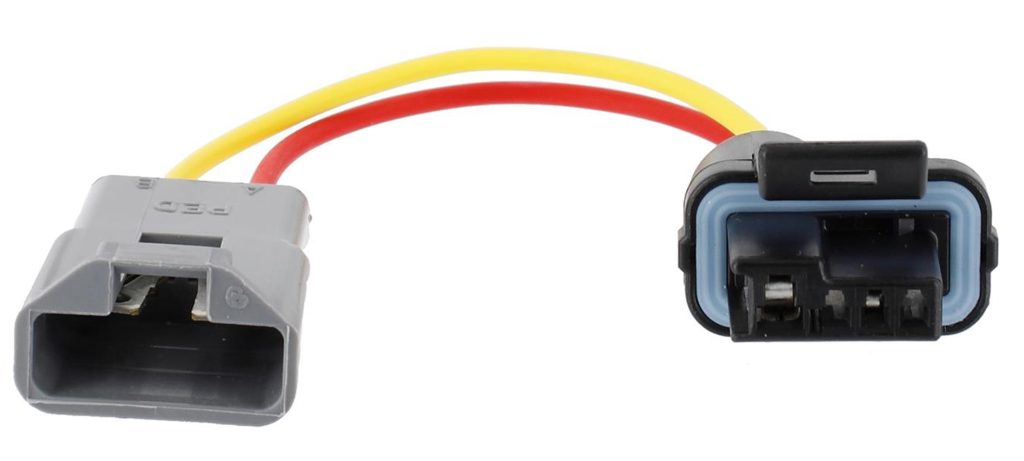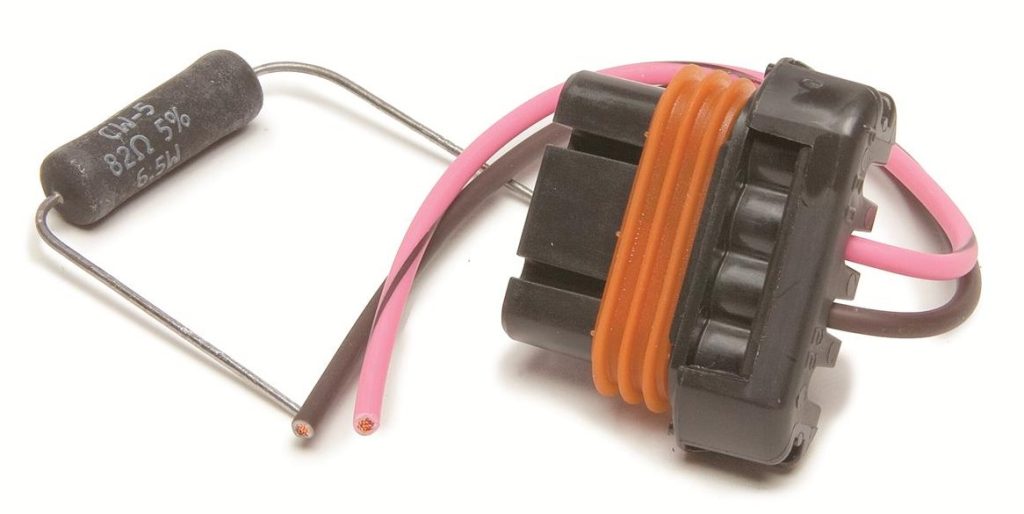I’m in the process of swapping a 383ci small-block into my V6-powered 1981 Malibu. The swap is going well but I’ve run into a small electrical connection problem. The old Malibu used one of the internal regulator alternators with a two-pin connector. My new engine is running an alternator and entire front drive assembly from an early 1990s Chevy TBI pickup truck. The alternator connections are not the same. I’m not sure which wire goes where. Can you help with this?
B.T.
The alternator that originally came on your V6 Malibu is an internally regulated alternator that replaced the original externally regulated alternators. This internally regulated alternator is called either a 10Si or 12Si depending upon its output. They use a large output post on the back along with a two-wire flat connector on the side of the alternator.
The alternator for your new small block is a much later design that is also internally regulated unit and called a CS-130. This alternator still uses the typical high amperage output connector that runs to the battery but uses a rectangular, four-wire plug that controls the alternator. As you’ve determined, the plugs are not the same.
The good news is that there’s a simple conversion harness sold by Powermaster that makes this conversion really easy using the Powermaster part number PWM-140. The adapter features connectors on both ends that will allow you to quickly connect the two. However, if the original harness is designed for an alternator on the opposite side of the engine, it may not reach the new alternator position. We’re assuming that the alternator positions will not be similar

In this case, there is still a simple conversion kit from Painless Performance. The CS-130 alternator uses two wires that exit the connector. One is usually slightly larger and is the connection to 12 volt battery positive. The second wire is called the excite wire and is connected to switched 12 volt positive when the key is in the run position. Painless supplies an 85 ohm, 5 watt resistor that should be used if this switched power wire is not used in conjunction with a charge indicator light. This resistor will prevent damage to the internal regulator in the alternator.

So wiring this yourself should take only a few moments. For example, if you want to use the charge wire connector from the 10Si alternator, merely connect that wire to the charge connector wire on the Painless connector and you’re done and you will not need the inline resistor. But if you choose to choose a different switched power connection, make sure you do not splice into the wire intended for switched power to the coil. If you do so, the power from the alternator will continue to energize the coil after the ignition switch is turned off and the engine will continue to run.


Comments